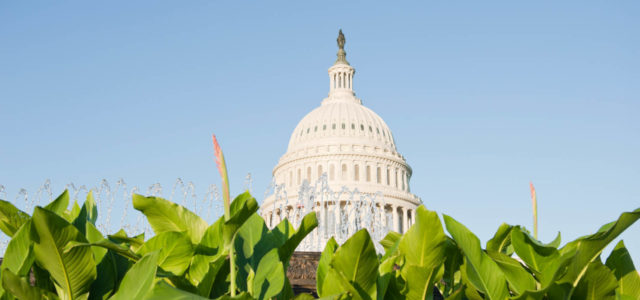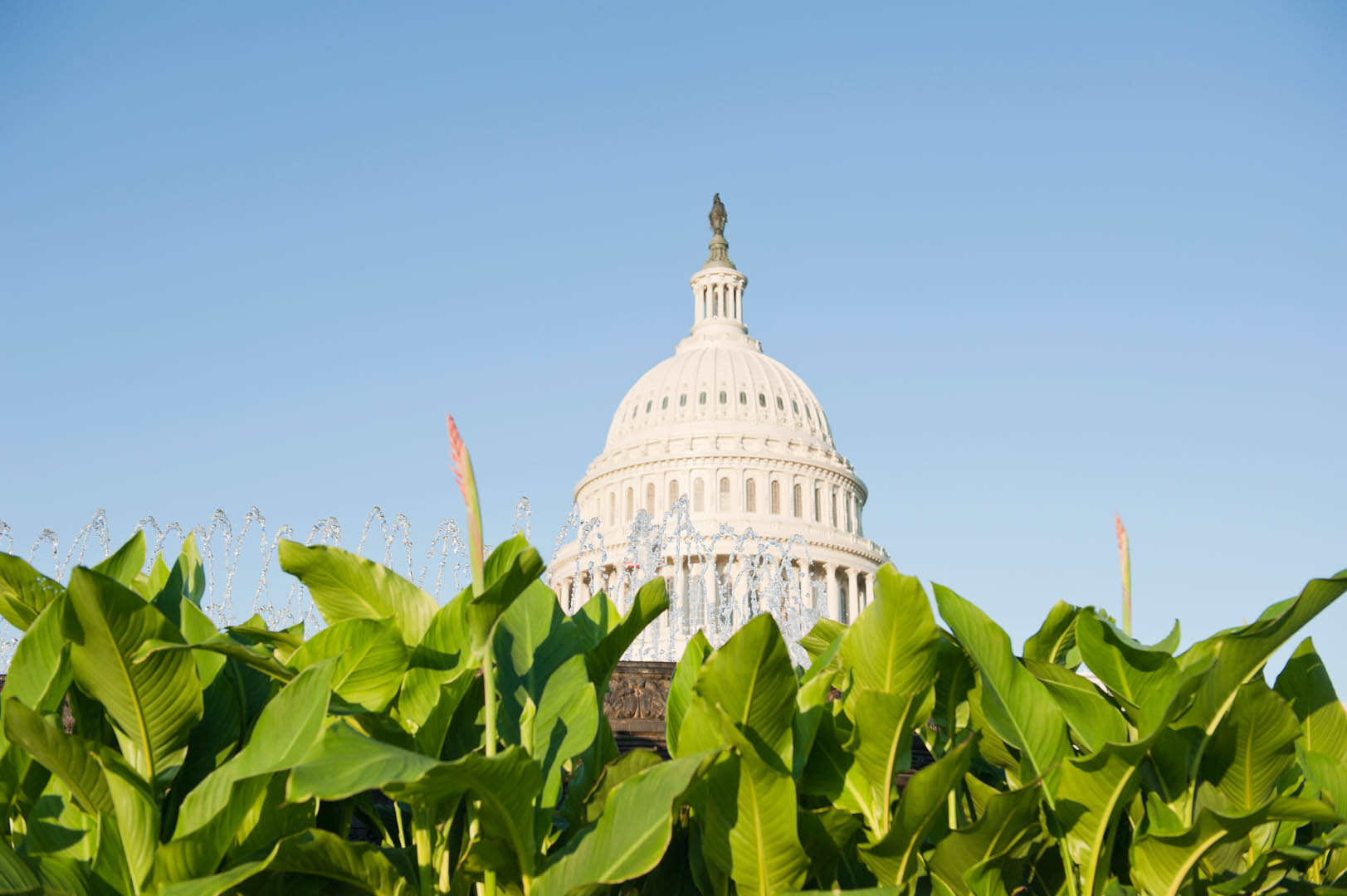Appropriations and Cannabis (Part 2): Why It Matters
Marijuana Laws, Regulations, & Politics September 26, 2018 MJ Shareholders 0


by Michelle Rutter, NCIA Government Relations Manager
Last week, we explained the appropriations process and detailed how Congress allocates federal funds (click here for a quick refresh). This week, we’ll take a look at how exactly cannabis fits into the equation, and why it matters.
By 2001, California, Oregon, Alaska, Washington, Maine, Hawaii, Nevada, and Colorado had all legalized medical cannabis. As is still the case, federal law and these medical cannabis laws contradicted one another, and as a result, one member of Congress decided that something had to be done. That congressman was Rep. Maurice Hinchey (D-NY), and he decided to use Congress’ “power of the purse,” or the appropriations process, to protect medical cannabis laws and patients.
Rep. Hinchey first introduced an amendment addressing these inconsistencies between state and federal cannabis laws in 2001, but withdrew it before it could be voted on. Just two years later, in 2003, Rep. Hinchey teamed up with Rep. Dana Rohrabacher (R-CA) to introduce what would simply become known as the “Hinchey-Rohrabacher amendment,” which prohibited the Department of Justice from using its federally appropriated funds to interfere with the implementation of state medical cannabis laws. The amendment failed when brought to the House floor for a vote by a margin of 152–273, and would continue to fail five more times over the next decade.
By 2014, the amendment was known as the “Rohrabacher-Farr amendment,” and was introduced in the House of Representatives by Rep. Rohrabacher and Rep. Sam Farr (D-CA). Finally, hard work and patience paid off: when brought to the House floor for a vote on May 30, 2014, the amendment passed by a 219–189 margin as an attachment to the Commerce, Justice, and Science Appropriations bill for fiscal year 2015. In the hyper-partisan times we live in, the amendment was lauded for being bipartisan and receiving the support of nearly 50 Republicans.
The amendment was then introduced in the Senate by Sens. Rand Paul (R-KY) and Cory Booker (D-NJ) just weeks later, but was not allowed a vote. In December, however, the amendment was inserted into the spending bill as part of final negotiations, and the bill was signed into law by President Obama on December 16, 2014.
Thankfully, that amendment remains in place today and continues to protect medical cannabis businesses, patients, and laws in the 31 states where it’s legal. It hasn’t been easy, though: appropriations bills must be negotiated and passed annually, so the amendment must be introduced year after year. Not only that, the appropriations process is riddled with legislative procedures and technicalities that have made the amendment’s passage a struggle in the Republican controlled Congress.
Since its initial passage in 2014, the amendment has been renamed multiple times, introduced by a member of the House Appropriations Committee, been introduced by the Senate Appropriations Committee Ranking Member, been included in nearly a dozen continuing resolutions, and been included in the original (unamended) text of the Senate’s version of the appropriations bill. Needless to say, the amendment has had quite a legislative journey in just four years! Despite all of that, however, the amendment has not received a House floor vote since 2015, and has never received one in the Senate.
Funding for fiscal year 2018 ends this Sunday, September 30. It is expected that the House of Representatives will vote this week on an appropriations package that would include yet another continuing resolution, likely beyond the midterm elections. This package, if passed, will include medical cannabis protections. If this appropriations package does not pass by September 30, the government will shut down, and medical cannabis businesses and patients will be left in limbo.
This simple, one sentence appropriations amendment is the only thing standing in the way of the Department of Justice from prosecuting medical cannabis businesses and patients, and as you’ve read, the process of getting it included into the federal appropriations bill every year can be incredibly difficult. NCIA continues to focus on ensuring that these protections remain in place, but also works to expand them to include adult-use cannabis businesses. In addition, NCIA is trying to use the appropriations process to advance other areas of cannabis policy, like curtailing the Treasury Department from prosecuting banks that choose to service the legal cannabis industry, and prohibiting the Department of Veterans Affairs from punishing veterans that choose to use cannabis in states where it’s legal. While the appropriations process is long, arduous, and incredibly technical, ensuring the inclusion of cannabis amendments is essential, imperative, and crucial.
MJ Shareholders
MJShareholders.com is the largest dedicated financial network and leading corporate communications firm serving the legal cannabis industry. Our network aims to connect public marijuana companies with these focused cannabis audiences across the US and Canada that are critical for growth: Short and long term cannabis investors Active funding sources Mainstream media Business leaders Cannabis consumers









No comments so far.
Be first to leave comment below.